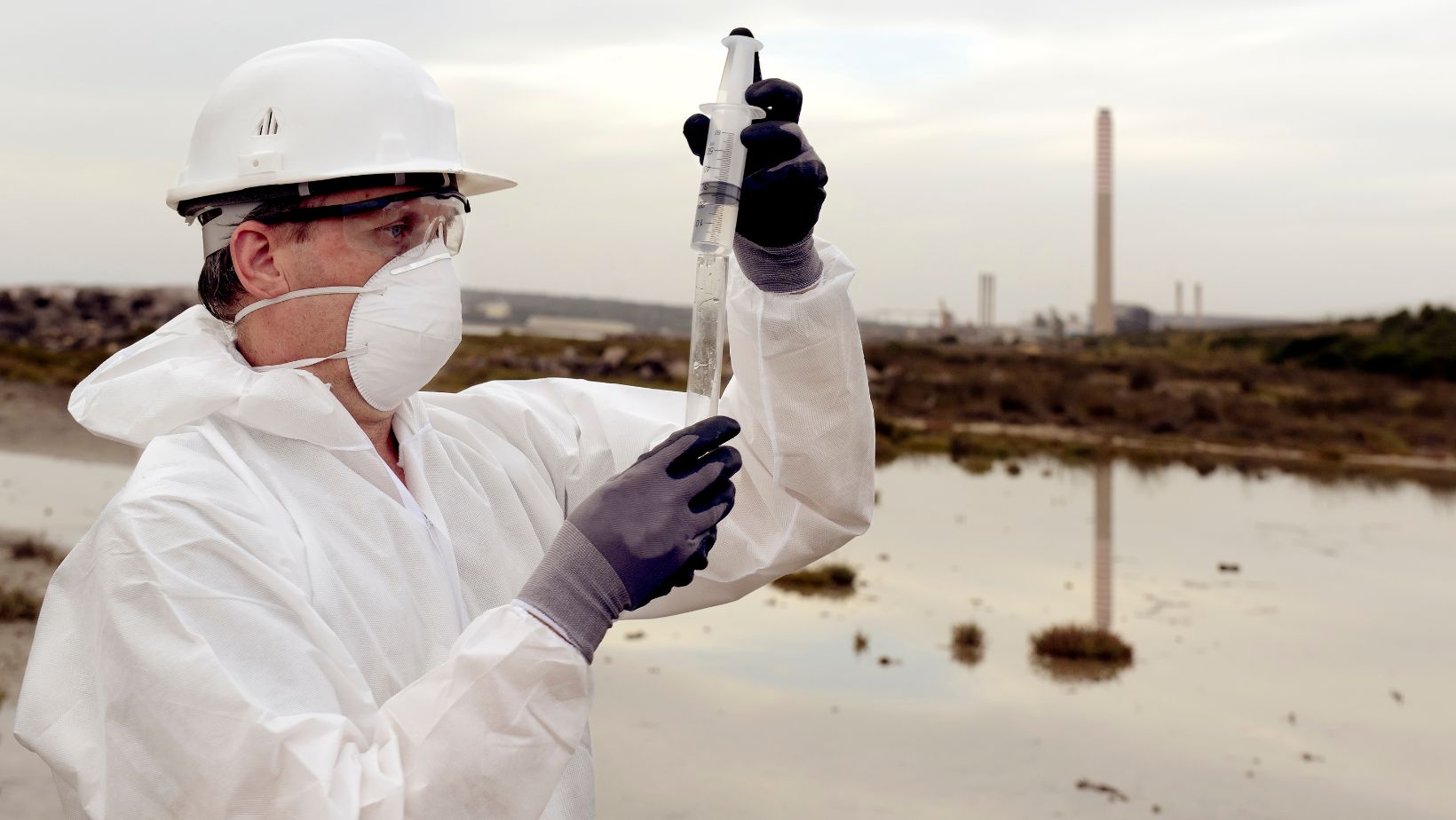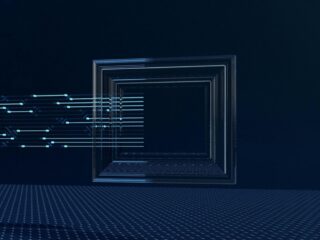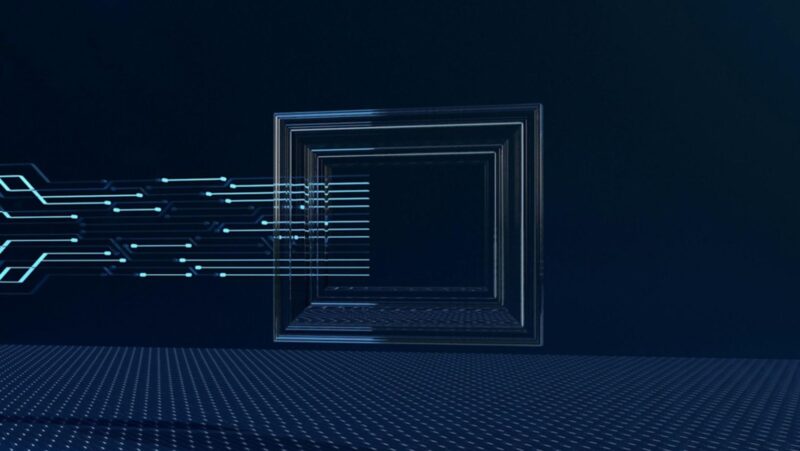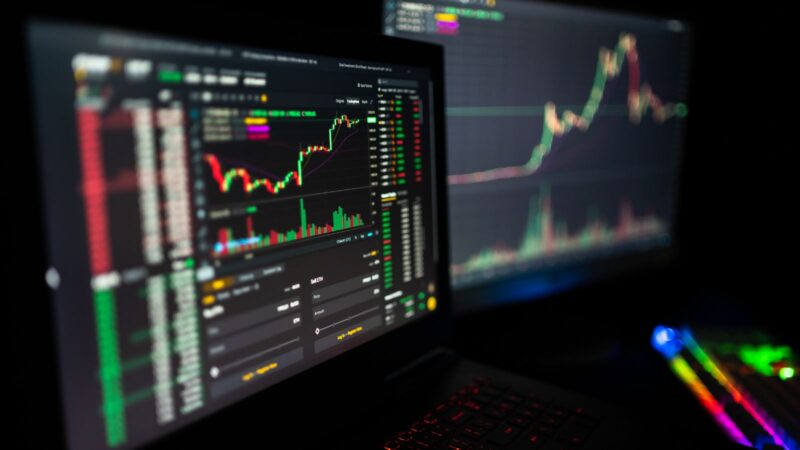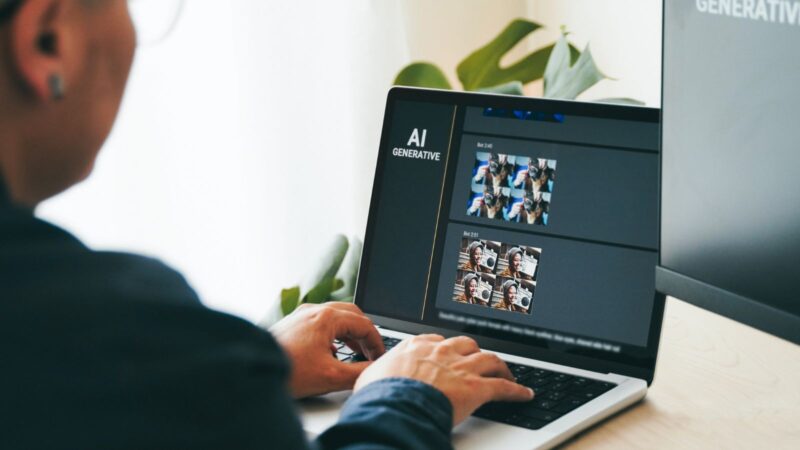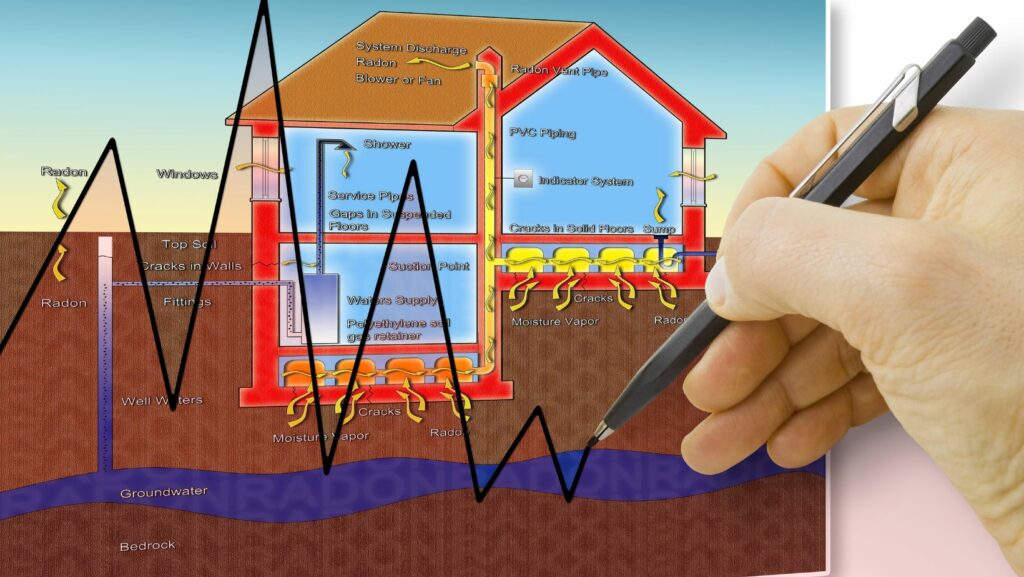
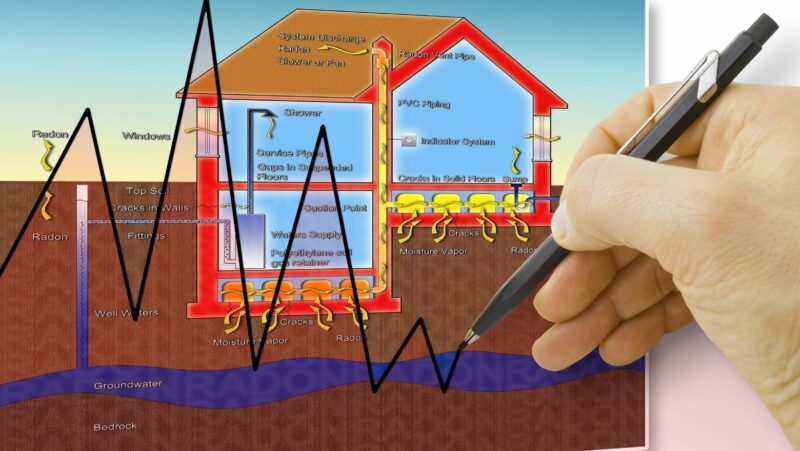 Polluted Groundwater is Difficult to Clean Because
Polluted Groundwater is Difficult to Clean Because
Cleaning up polluted groundwater is a complex and challenging task due to the vast scope of contamination. Groundwater is a vital resource that spans across large areas, making it difficult to identify and address the exact sources of pollution.
Here are a few reasons why the scope of contamination presents a significant challenge in groundwater remediation efforts:
1. Extensive Geographical Coverage: Groundwater is found underground, occupying spaces between soil and rock layers. This expansive underground network covers vast areas, making it challenging to pinpoint the exact locations of pollution sources. The contamination can come from industrial activities, agricultural practices, and even natural sources, making it necessary to survey large geographical areas to assess the extent of pollution.
2. Difficulties in Source Identification: Identifying the sources of pollution in groundwater is often a daunting task. Contaminants can seep into the groundwater from various sources, such as leaking storage tanks, landfills, or improperly disposed of hazardous substances. Moreover, contaminants can travel through porous soil and rock layers, making it even more challenging to determine the precise origin of pollutants.
3. Delayed Effects: Contamination of groundwater can take years, or even decades, to be detected. This delay occurs because of the slow movement of groundwater and the time it takes for pollutants to accumulate. By the time contamination is discovered, it may have spread across a considerable area, rendering the cleanup process more complicated and costly.
The scope of contamination in polluted groundwater requires extensive surveillance, monitoring, and assessment to identify pollution sources accurately. Analyzing data from water samples, geophysical surveys, and conducting hydrogeological studies are just a few methods employed to determine the extent of contamination.
Understanding the vast scope of contamination is crucial to developing effective strategies for cleaning up polluted groundwater. Only by recognizing the challenges posed by the widespread pollution of groundwater can we begin to address this pressing environmental issue.
The section provides an essential understanding of the difficulties associated with the scope of contamination in polluted groundwater. By highlighting these challenges, we can appreciate the need for comprehensive and targeted efforts to remediate and protect our groundwater resources.
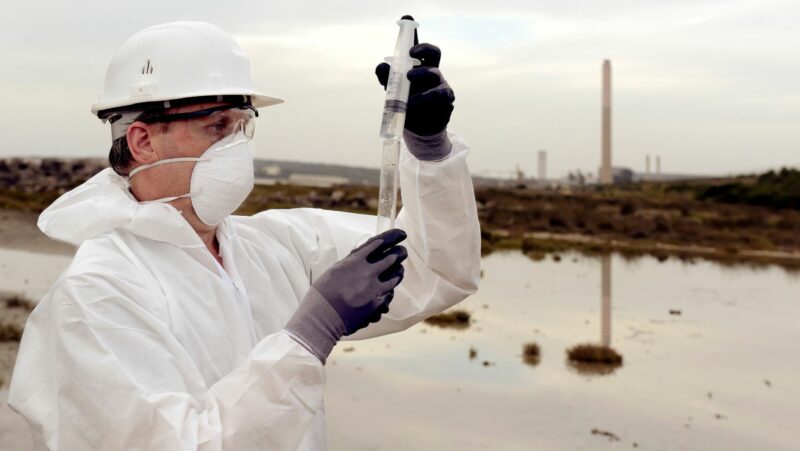
Variability in Composition of Pollutants
Polluted groundwater is difficult to clean because of the variability in the composition of pollutants. Contaminants can come from a wide range of sources, including industrial activities, agricultural practices, and urban runoff. Each source introduces a different set of pollutants into the groundwater, making it challenging to develop a one-size-fits-all approach to pollution remediation.
Here are a few reasons why the variability in the composition of pollutants poses a challenge:
1. Different types of pollutants: Groundwater contamination can involve a variety of substances, such as heavy metals, pesticides, petroleum products, and organic compounds. Each type of pollutant requires a specific treatment method, and addressing multiple pollutants simultaneously can be complex and time-consuming.
2. Chemical reactions: Pollutants in groundwater can undergo chemical reactions that transform them into different compounds. These reactions can alter the behavior and toxicity of the contaminants, making it difficult to predict their fate and transport in the subsurface. Understanding these reactions is crucial for effective remediation.
3. Varying levels of contamination: The concentration of pollutants in groundwater can vary greatly depending on factors such as the proximity to the contamination source, the intensity of pollution, and the natural attenuation processes in the subsurface. Remediation strategies need to consider these variations and target specific areas that require immediate attention.
4. Interactions with soil and rock: Pollutants can interact with soil and rock layers as they travel through the subsurface, resulting in adsorption, absorption, or precipitation. These interactions can affect the mobility and availability of the contaminants for removal. It is essential to understand the characteristics of the soil and rock layers to determine the appropriate remediation techniques.
5. Emerging contaminants: New contaminants are continuously being identified in groundwater, such as pharmaceuticals, personal care products, and microplastics. These emerging contaminants may have unknown health risks and require further research to develop effective treatment methods.
The variability in the composition of pollutants in polluted groundwater poses significant challenges for remediation efforts. A comprehensive understanding of the different types of pollutants, their chemical reactions, varying contamination levels, interactions with soil and rock, and emerging contaminants is crucial for developing effective and sustainable strategies to clean up polluted groundwater.
Different Approaches and Treatment Methods
When it comes to tackling polluted groundwater, there is no one-size-fits-all approach. The variability in the composition of pollutants requires different treatment methods for different contaminants. Here are some of the approaches and treatment methods commonly used in groundwater remediation:
1. Physical Removal Methods
2. Chemical Treatment
3. Bioremediation
4. Pump and Treat
5. In-situ Treatment
By understanding the specific composition of pollutants and implementing the appropriate treatment methods, we can work towards restoring and protecting our precious groundwater resources.
We must continue to research and develop new technologies to improve the efficiency and effectiveness of groundwater remediation efforts. Together, we can significantly impact preserving our environment for future generations.

